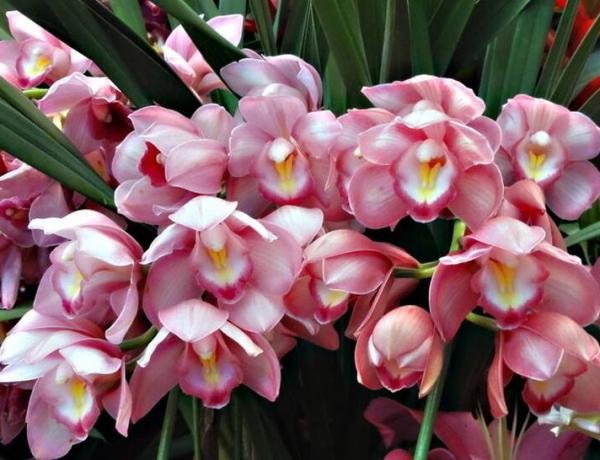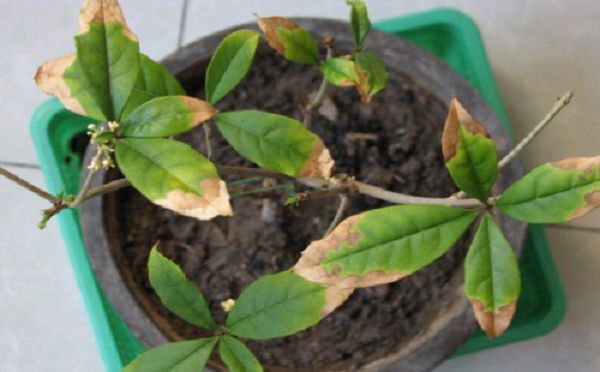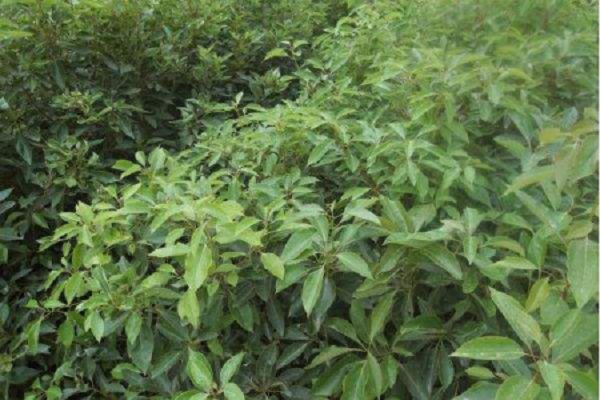What kind of soil does Cymbidium grow in?

Cymbidium is a very popular flower variety in China in recent years. It can not only be used for pot culture, but also a good cut flower material. Cymbidium is an artificial hybrid introduced from abroad, so what kind of soil should be used for family breeding? Let's take a look at the family breeding experience of Cymbidium.
What kind of soil is used for breeding Cymbidium
The cultivation substrate of Cymbidium can use moss, fern root, bark, charcoal, palm bark, coconut shell, broken brick, tile, gravel and so on. When planting, put the orchid seedlings in a pot and then fill them with potted materials. The root system of Cymbidium can also be tied to a piece of wood with bark, and the new root can grow well around the bark. It is appropriate to choose the bottom and four walls porous long tube-shaped basin, the lower part of the basin to add charcoal, ceramsite and other things to facilitate drainage.
Second, the experience of family culture of Cymbidium
1. Lighting: the exuberant growth of Cymbidium can not be separated from light. In general, in addition to the high temperature in midsummer, it is necessary to maintain sufficient light in other seasons.
2. Watering: during the growing period, Cymbidium should keep the basin soil moist, water it as soon as it is dry, water thoroughly every time, and do not water too frequently to prevent stagnant water from rotting the roots. Because of the high temperature in summer and the rapid evaporation of water, it is necessary to increase the frequency of watering.
3. Fertilizer: during the growth period, it is necessary to apply fertilizer properly. According to the principle of "frequent application of thin fertilizer", compound solid fertilizer can be applied for a long time, sprinkling more than ten grains along the edge of the basin, and then watering to promote plant absorption.
4. Removing buds: remove too many buds on the old bulb in time, and keep the buds that grow after the end of November.
Third, Cymbidium appears the phenomenon of yellow leaf scorched edge.
1. Improper transplant: in the process of changing the basin and changing the soil, it is best to choose the loam rich in humus to avoid organic fermentation and cause damage to the flower root system. If the root system is burned, it will rot, resulting in yellow leaves or death of the plant. It is best to choose the bottom or four-wall porous long-tube flowerpot, the cultivation substrate to choose breathable, permeable bark block or fern root and so on, the lower part of the basin with charcoal, ceramsite and other things to facilitate drainage.
2. Insufficient light: Cymbidium is a light-loving plant, but it avoids strong light and grows best under the condition of scattered light. Too weak light will cause its poor growth. Indoor cultivation of Cymbidium had better be placed on the balcony or in a place with plenty of light, and we should also pay attention to whether the flowers adapt to the small environment of this location.
3. Improper watering: Cymbidium likes to be wet, but its fleshy roots can store water, so it is more drought-tolerant, too much watering and too often will easily lead to stagnant water at the bottom of the basin, affect root permeability, cause rotten roots, and leaves gradually turn yellow. Watering should be dry and wet, and the interval of watering should be flexibly controlled according to room temperature. When the temperature is low, it is best to spray the foliar surface with water close to room temperature, stop water and fertilizer during flowering, and fertilize normally after flowering. Do not apply too much or too much fertilizer.
4. The temperature is too low: Cymbidium likes a warm environment, especially in the north, which needs to be maintained indoors in winter. if it is attacked by air-conditioning, it will also cause damage to leaves or flowers. In this case, the general plant will not wither, can only cut off the yellowing leaves, slowly recuperate.
5. Environmental discomfort: Cymbidium has high requirements for air humidity, and its leaves are easy to appear yellow leaf scorched edge phenomenon in the high temperature and dry environment. It is recommended to use spray to spray water on the leaf surface every day to improve air humidity. Stay away from places like air conditioners and warm air vents, otherwise the leaves are extremely prone to scorched-edged yellow leaves. If this happens, you need to remove the plant and cut off the yellow leaves.
Related
- Fuxing push coffee new agricultural production and marketing class: lack of small-scale processing plants
- Jujube rice field leisure farm deep ploughing Yilan for five years to create a space for organic food and play
- Nongyu Farm-A trial of organic papaya for brave women with advanced technology
- Four points for attention in the prevention and control of diseases and insect pests of edible fungi
- How to add nutrient solution to Edible Fungi
- Is there any good way to control edible fungus mites?
- Open Inoculation Technology of Edible Fungi
- Is there any clever way to use fertilizer for edible fungus in winter?
- What agents are used to kill the pathogens of edible fungi in the mushroom shed?
- Rapid drying of Edible Fungi



